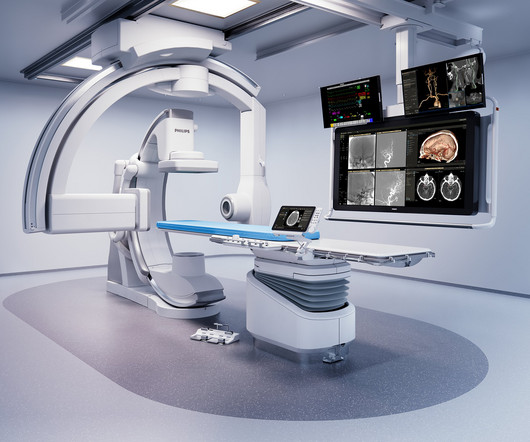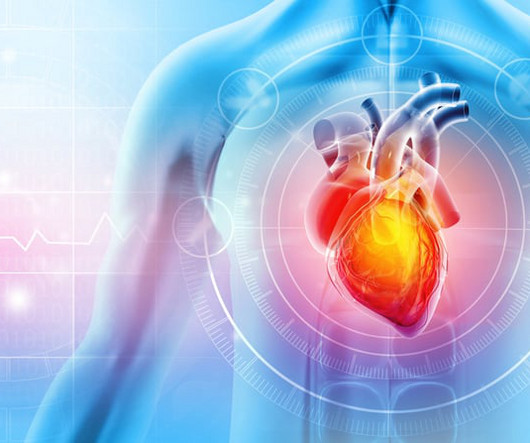Systematic Review and Meta?Analysis of Endovascular Therapy Effectiveness for Unruptured Saccular Intracranial Aneurysms
Stroke: Vascular and Interventional Neurology
JANUARY 25, 2024
Stroke: Vascular and Interventional Neurology, Ahead of Print. BACKGROUNDCurrently, endovascular treatment of intracranial aneurysms is limited by low complete occlusion rates. 59.6), harboring 22 791 aneurysms. The most frequent aneurysm locations were the internal carotid artery (46.4%, 95% CI: 41.9%–50.9%),












Let's personalize your content